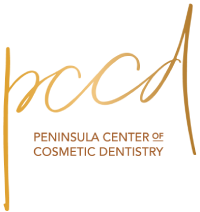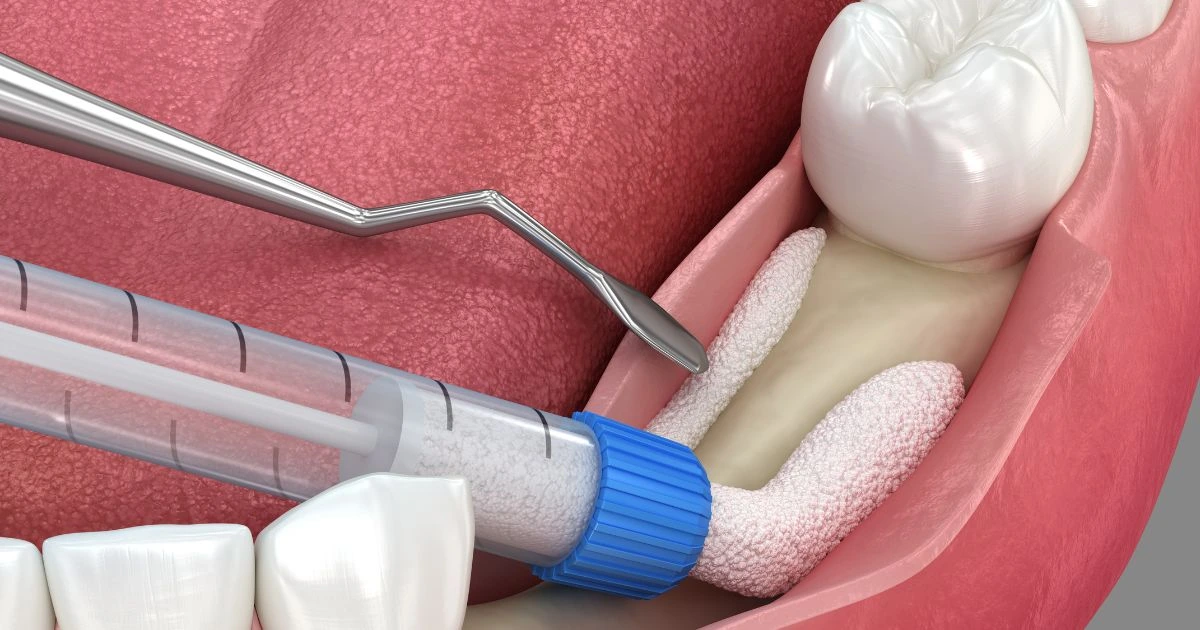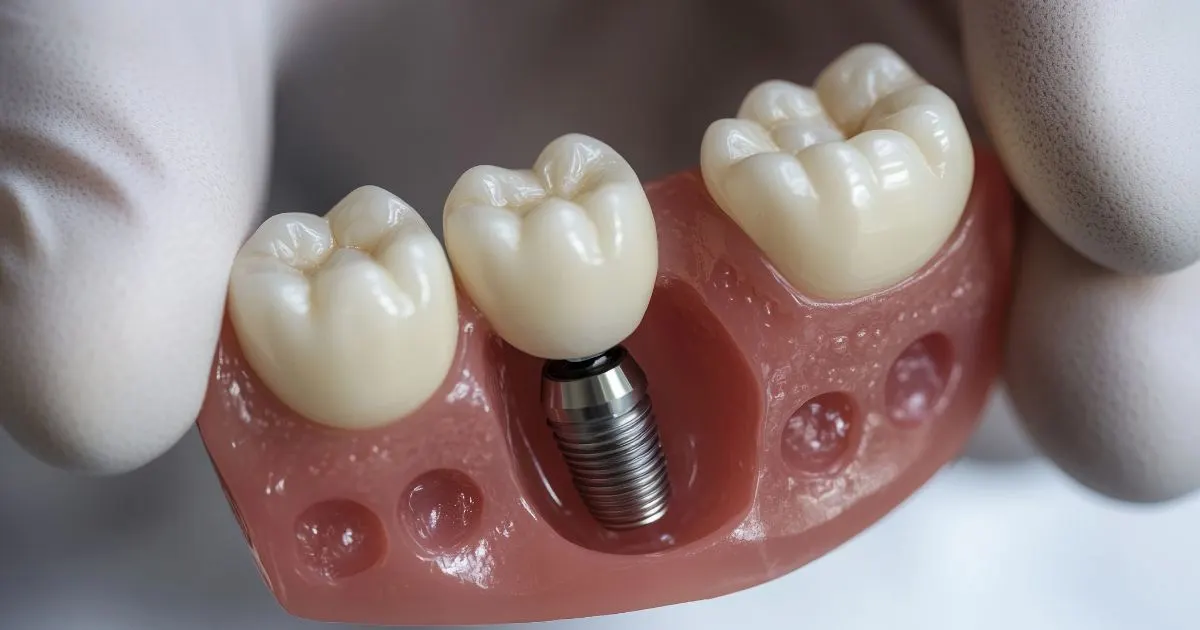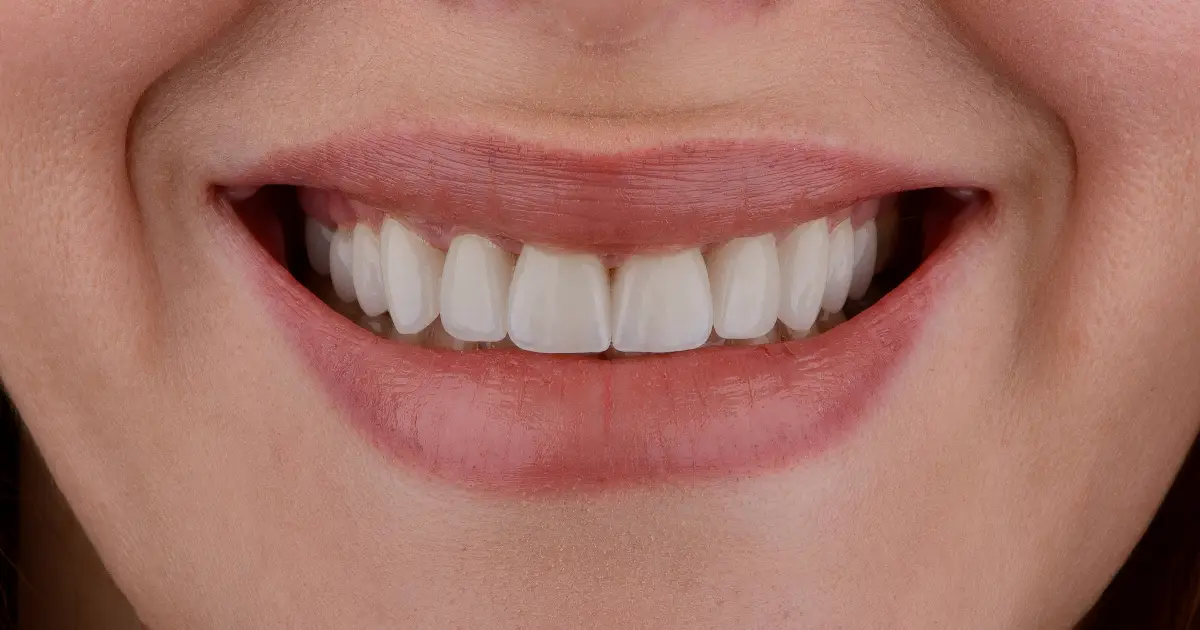You know when you get a great haircut, it makes you feel like a whole new person?
That’s what a full mouth reconstruction is like.
When you have a full mouth reconstruction, we do everything at once—you don’t have to come back for multiple appointments. We give you new teeth that are perfectly aligned with a fantastic smile that will take your breath away.
And the best part is that we use state-of-the-art techniques and materials to ensure your teeth look and feel as natural as possible—you’ll never want to stop smiling.
An Overview of Reconstructive Dentistry
Reconstructive dentistry is a branch of dentistry that specializes in restoring and repairing teeth damaged by trauma or disease. If you have missing or damaged teeth, this practice can help you regain the function and aesthetics of your smile.
Reconstructive dentistry is the process of repairing and rebuilding teeth.
Reconstructive dentistry is the process of repairing and rebuilding teeth. Dentistry is the science and practice of dentistry, while reconstructive dentistry applies this knowledge to restoring damaged teeth. Oral health is a critical component of overall health and can impact your daily life if you miss or have poorly aligned teeth.
Reconstructive procedures may include:
- Crowns (caps) – Crowns are used to restore broken or fractured crowns on front teeth as well as for cosmetic purposes when there are discolored fillings in back molars that need replacing with porcelain crowns instead of amalgam fillings that contain mercury;
- Bridges – Bridges are used when one or more missing teeth create gaps between the remaining ones;
- Dentures/Partial Dentures – These removable appliances replace all or part of your natural teeth
Often, but not always, those teeth have suffered from some damage or trauma.
It’s essential to understand the most common causes of damage to teeth. Damage can occur due to the following:
- Trauma, such as a fall or blow to the face
- Orthodontic treatment (braces), which pulls and stretches the gums, causing them to recede over time
- Tooth decay that has been left untreated for too long
Types of Reconstructive Dentistry
There are plenty of reasons why you need reconstructive dentistry. For example, a tooth infection or injury can require treatment to save your teeth or smile.
Other times, it’s about making a change for the better—like fixing crooked or chipped teeth or swapping out old dental implants for new ones that feel natural and look fantastic. Whatever the reason for needing this type of care, here’s what you can expect:
Dental implants
Dental implants are used to replace missing teeth. They can replace individual teeth or groups of teeth (such as the upper or lower jaw). The procedure is similar to that of an artificial tooth.
Still, instead of placing the entire structure in your mouth, dental implant technicians place a titanium post into your jawbone, where it will fuse with your bone tissue over time. Once this occurs, the technician adds a crown on top, and you’ll have your new “teeth.”
Bone grafting and sinus lifts
- Bone grafting is used to help with tooth replacement.
- Sinus lifts are used to help with tooth replacement.
- Bone grafting and sinus lifts are done the same way, but they’re different types of reconstructive dentistry because they have other purposes and goals.
- A dentist performs reconstructive dentistry on patients who want new teeth after losing them due to an accident or disease and those who need extra bone for implants (the posts that hold crowns) due to lack thereof in their jawbone.
Gum grafting
Gum grafting is a procedure to repair gum recession. It involves taking a piece of donor tissue from the roof of your mouth and placing it in the area where the gum has receded. The donor tissue is usually taken from the top of your mouth, but sometimes it can be taken from other parts of your gums or even bone marrow (in cases where there’s not enough healthy tissue available).
Purpose of Reconstructive Dentistry
Restorative treatment aims to restore the teeth’ functionality and improve your smile’s aesthetics.
Restorative dentistry is the branch of dentistry that repairs damaged teeth and improves the aesthetics of your smile. It involves procedures like fillings, crowns, bridges, and veneers to repair or replace missing teeth. The goal of restorative treatment is to restore the functionality of the teeth and improve their appearance through these restorations.
Restorative treatments can be used on any type or size of the tooth as long as enough healthy tooth structure remains for an accurate impression taken by a dentist (which will then be sent off for fabrication).
Reconstructive dentistry repairs chips and cracks, broken teeth, and cavities.
Reconstructive dentistry repairs chips and cracks, broken teeth, and cavities.
To repair chips, your dentist will use porcelain veneers (thin shells) bonded to the front of your teeth. These can be used independently or combined with other cosmetic procedures like whitening or bonding.
To repair cracks, your dentist may recommend crowns–caps made from gold alloy or porcelain fused to metal posts that replace part of your tooth’s top surface–or bridges which attach artificial replacement teeth to existing natural ones on either side of a gap created by decay or damage from trauma.
It also replaces missing teeth with dental implants and bridges, so you can maintain a healthy jawbone and avoid an uneven bite.
Reconstructive dentistry can replace missing teeth with dental implants and bridges, so you can maintain a healthy jawbone and avoid an uneven bite. Implants are made of titanium, one of the strongest metals available.
They’re placed into your jawbone, where they fuse with it over time (the process typically takes about six months). The implant acts like your natural tooth root, holding your denture or crown securely in place for years at a time without causing any damage to your mouth or gums.
Reconstructive dentistry can fix damaged teeth and return your smile to its original glory.
Restorative dentistry can fix damaged teeth and return your smile to its original glory. The procedure involves:
- Restoring the functionality of your teeth.
- Improving their aesthetics.
- Helping you to regain confidence in yourself.
Restorative dentistry is performed by a dentist who has completed advanced training in this practice area. This specialized education enables them to use restorative materials such as porcelain veneers or crowns that look like natural teeth but are made out of porcelain or metal alloy instead of living tissue (dental pulp).
Conclusion
Good dental care can be a real lifesaver. It’s not just about having healthy teeth and gums; it’s also about being able to smile confidently, knowing that you look your best.
Dental care is essential for maintaining a healthy mouth.
Still, it can also help prevent diseases such as heart disease and diabetes by keeping your immune system strong and keeping plaque from building up on the inside of your arteries (which leads to atherosclerosis).
Peninsula Center of Cosmetic Dentistry provides various reconstructive dentistry services to help you get the smile you’ve always wanted.
We are committed to providing quality care in a compassionate and friendly environment. Our team comprises experienced, knowledgeable professionals who want to deliver the best results possible.
We want you to feel at ease when you come into our office and know that we will do everything we can to help you reach your goals for a beautiful smile. We believe in educating our patients so they can make informed decisions about their oral health care needs and treatment options.







